The Independent's journalism is supported by our readers. When you purchase through links on our site, we may earn commission.
Roy Halston: Everything you need to know about the famed designer ahead of Netflix release
Netflix biopic about the revered fashion designer starring Ewan McGregor comes out on Friday 14 May
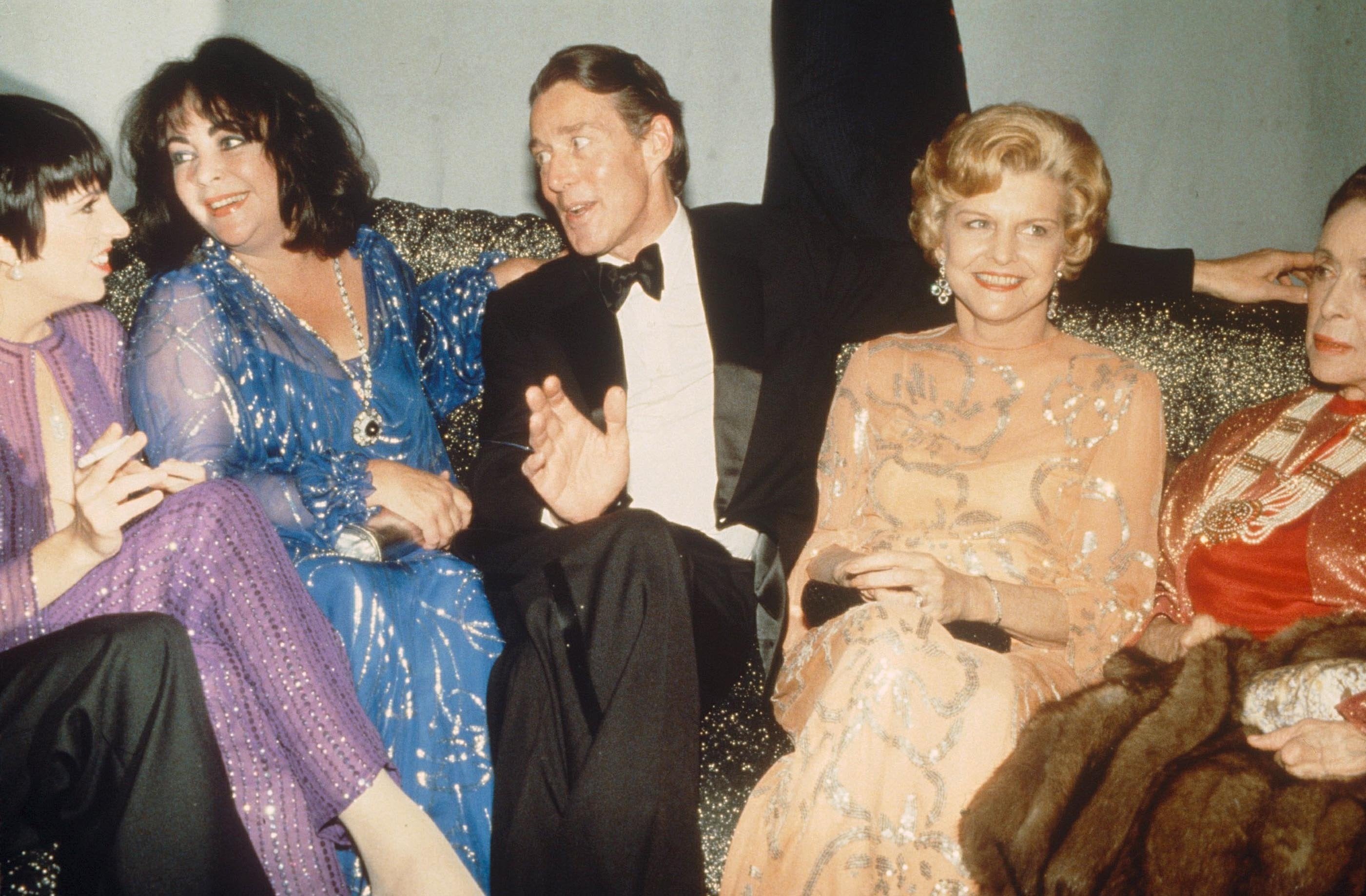
On Friday 14 May, fashion fans will finally be treated to the long-awaited dramatisation of the life of revered American fashion designer Roy Halston Frowick, aka Halston.
The five-part Netflix series is the latest offering from TV powerhouse Ryan Murphy, whose credits include Glee, American Horror Story, and The Politician.
Famed for his craftsmanship and hedonistic lifestyle, Halston is often described as the man who changed the landscape of American fashion forever, whose circle of “Halsonettes”, as they were called, included 1960s It girls like Anjelica Huston, Bianca Jagger, Elsa Peretti and Liza Minelli.
The series stars Ewan McGregor as Halston, while his primary muses, Minelli Peretti (who was also his business partner), are played by Krysta Rodriguez and Rebecca Dayan, respectively.
It charts Halston’s stratospheric ascension in the industry, lifting the lid on an ultra glamorous lifestyle that saw the designer regularly rubbing shoulders with everyone who was anyone in the 1970s (think Andy Warhol and Mick Jagger) at legendary Manhattan nightclub Studio 54.
But the series also takes a closer look at the designer’s fall from grace - he was ultimately fired from his fashion house in 1984.
Ahead of the series dropping on Friday, here’s everything you need to know about Halston.
He launched his career as a milliner
Born in Des Moines, Iowa, on 23 April 1932, Halston had a modest upbringing and was the son of a Norwegian-American accountant, James Edward Frowick, and Hallie Mae. He is thought to have acquired an interest in fashion design at an early age, having being taught how to sew by his grandmother and going on to create hats for his mother and sister.
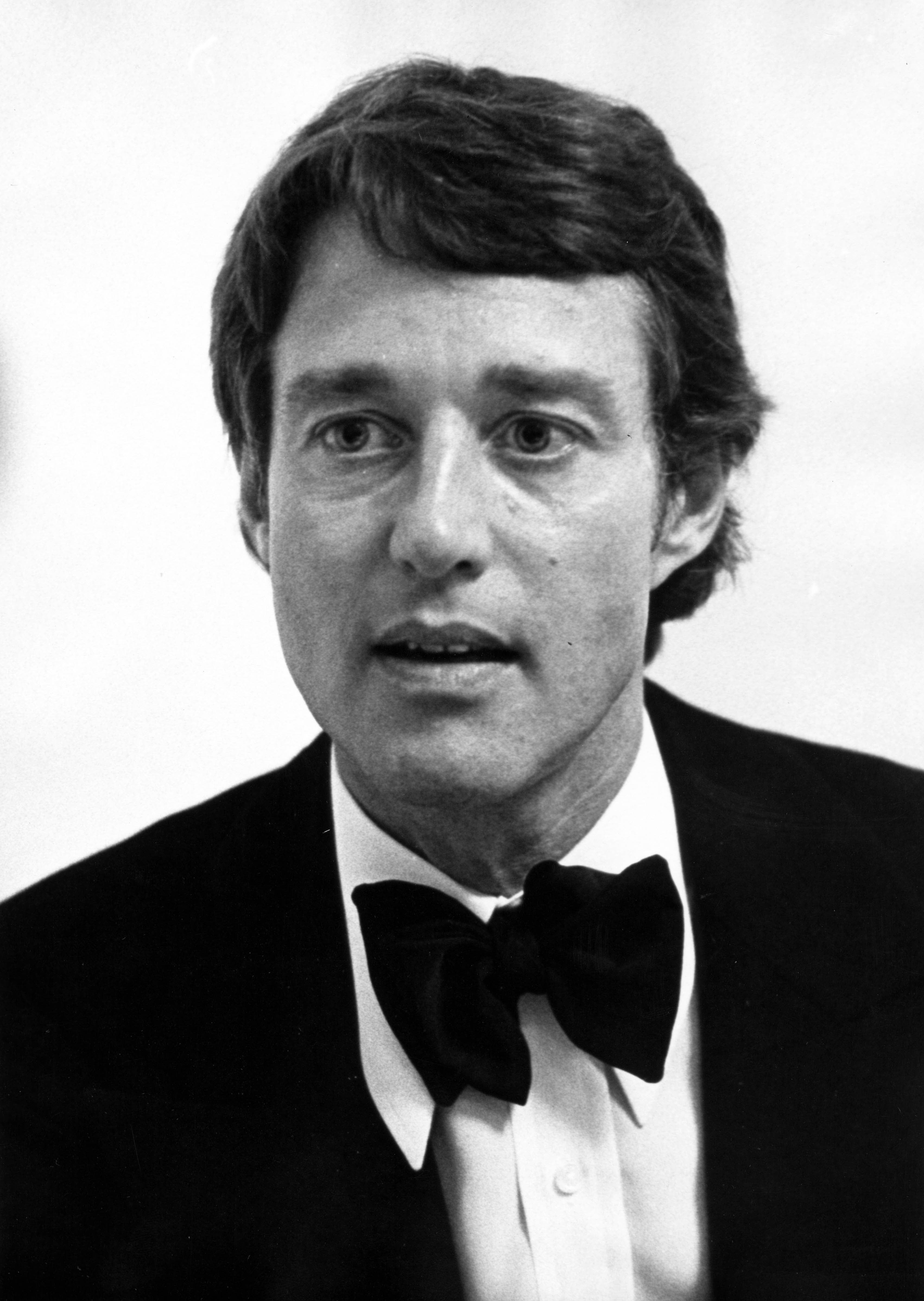
He attended Indiana University and in 1952 went on to enroll at the School of the Art Institute of Chicago and worked as a window dresser. The following year, he began his own hat business. They swiftly became very popular, and his hats were soon being bought by acclaimed actors, including Kim Novak, Gloria Swanson and Deborah Kerr.
The hype around Halston’s hats earned him plenty of media coverage and by 1957, he had opened his first hat shop in Chicago. Later that year, however, he moved to New York City, where he was hired as head milliner for Bergdorf Goodman.
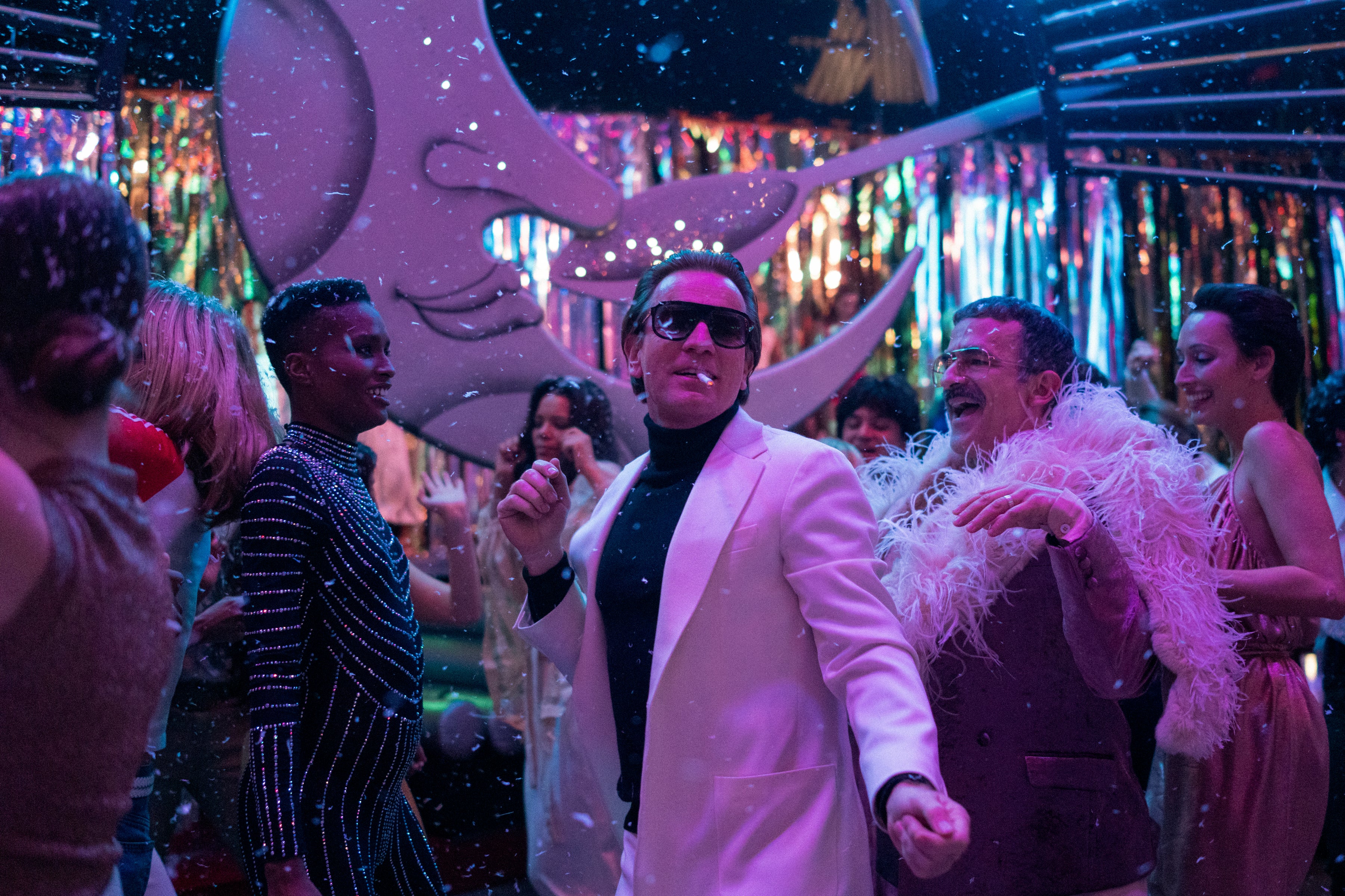
A styling mishap helped make his name
Halston’s breakthrough came in 1961, when he designed Jackie Kennedy’s famous pillbox hat that she wore to JFK’s inauguration that year. Teamed with a duck-egg blue coat (by courtier Oleg Cassini) and white gloves, it was the perfect soon-to-be First Lady look, and just one of many Halston designs that would go down in fashion’s history books.
It was revolutionary, too, because at the time, a cloth pillbox hat was relatively unheard of, particularly in the midst of winter, when the inauguration took place. Most women in attendance at the inauguration opted for mink caps, meaning Jackie’s stood out - not least because she accidentally gave it a shallow indent, leading some people to label it slightly misshapen. Halston is said to have later teased: “everybody who copied it put a dent in it.”
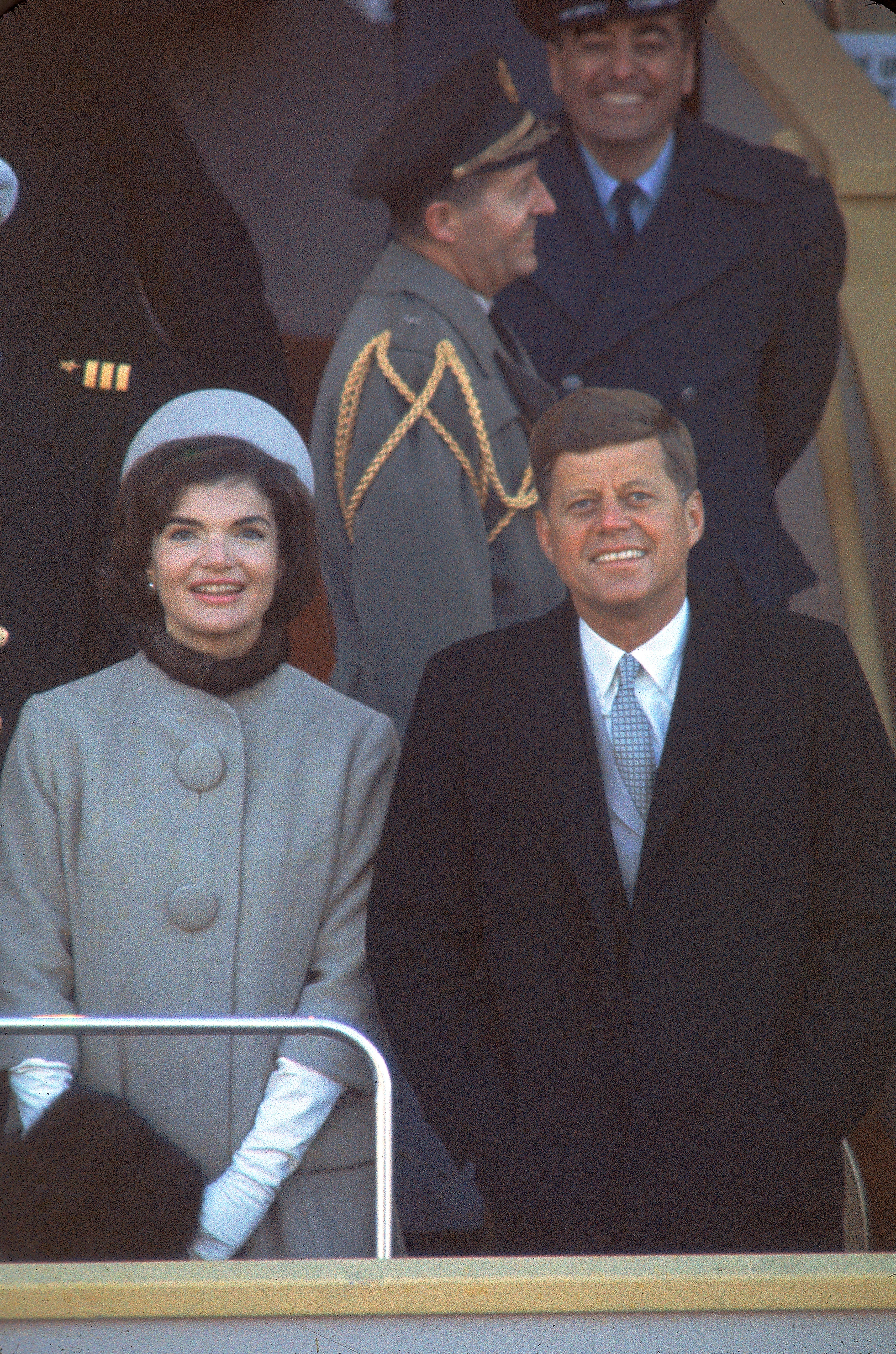
Nonetheless, the dent earned Halston worldwide acclaim, and he soon decided to pivot to womenswear, launching his first eponymous fashion label in 1969.
He favoured a simple, minimalist silhouette
Halston’s ready-to-wear lines were famed for their minimal yet sophisticated aesthetic. He favoured slick silhouettes and luxurious fabrics that flattered the female form, like silk and chiffon. There were casual items like the washable ultrasuede shirtdresses, a reinterpretation of men’s shirts, but then there were also partywear staples, like hot pants, which soon became the uniform for A-list guests at Studio 54. Other key designs included a beaded nylon kaftan and his ultrasuede suit.
Soon after its launch, Halston’s boutique was attracting the glitziest women in Hollywood, including Greta Garbo, Elizabeth Taylor, and Jagger and Minnelli, both of whom would go on to become some of the designer’s closest friends.
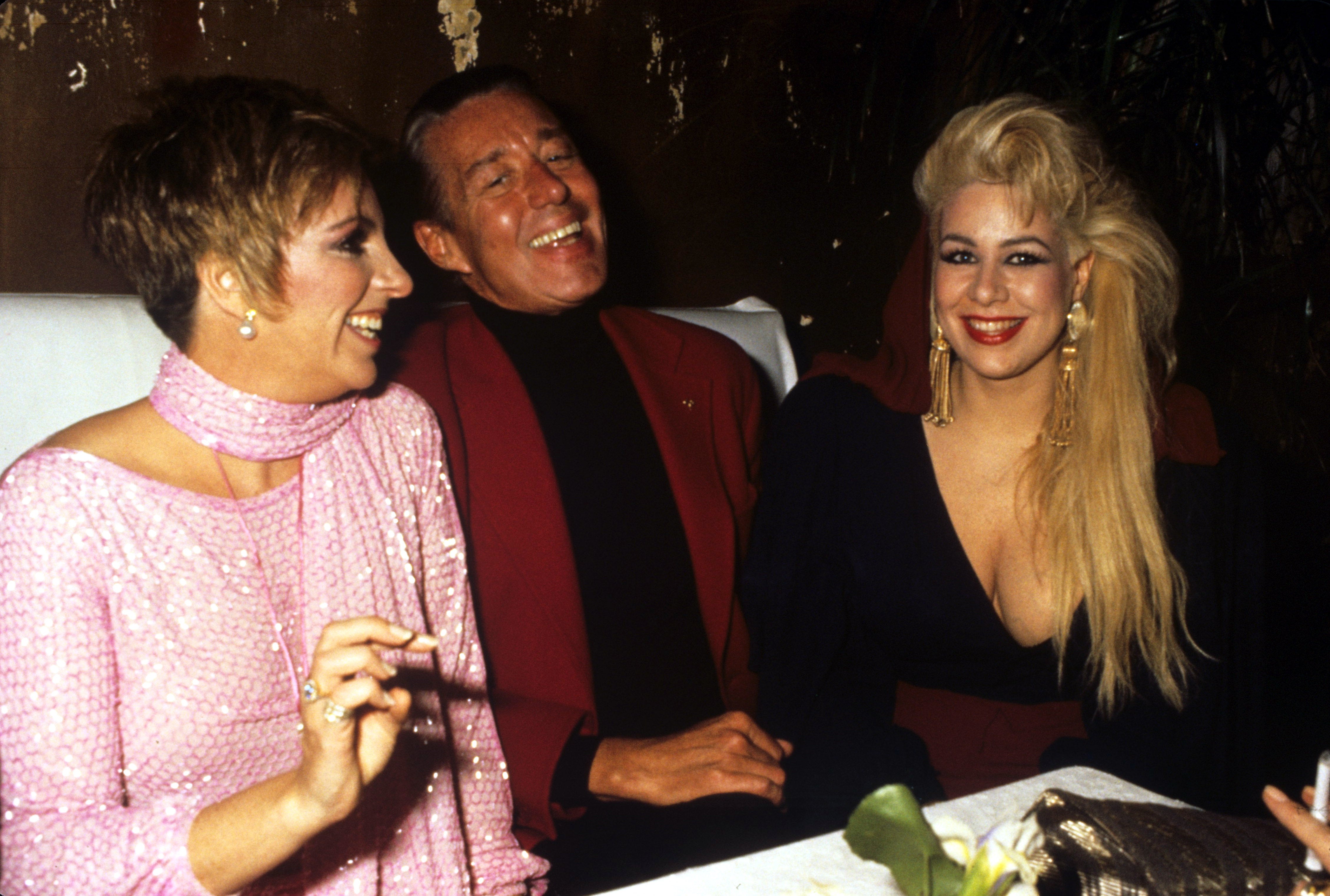
Then, in 1973, Halston signed over his womenswear line and the Halston trademark for a whopping $12m to Norton Simon Inc. He would remain chief designer, however the deal offered him the sturdy financial backing he’d been seeking. As a result, Halston’s name was soon everywhere, attached to everything from menswear to bed linen and shoes to luggage. He also designed uniforms for the Braniff Airways crew, while doing the same for the 1976 US Olympic team, staff at the Avis car rental service, the Girl Scouts, and the New York City police department.
He was an early adopter of the power of influencers
By the late 1970s and early 1980s, Halston was just as famed for his excessive lifestyle as he was for his fashion designs. According to Whitney Sudler-Smith’s 2012 documentary Ultrasuede, the designer regularly hosted big dinner parties for him and his celebrity friends, where sex and drugs were rife.
“Those dinner parties... put it this way, they weren’t about the food,” says designer and former Halston employee Ralph Ricci in the documentary.
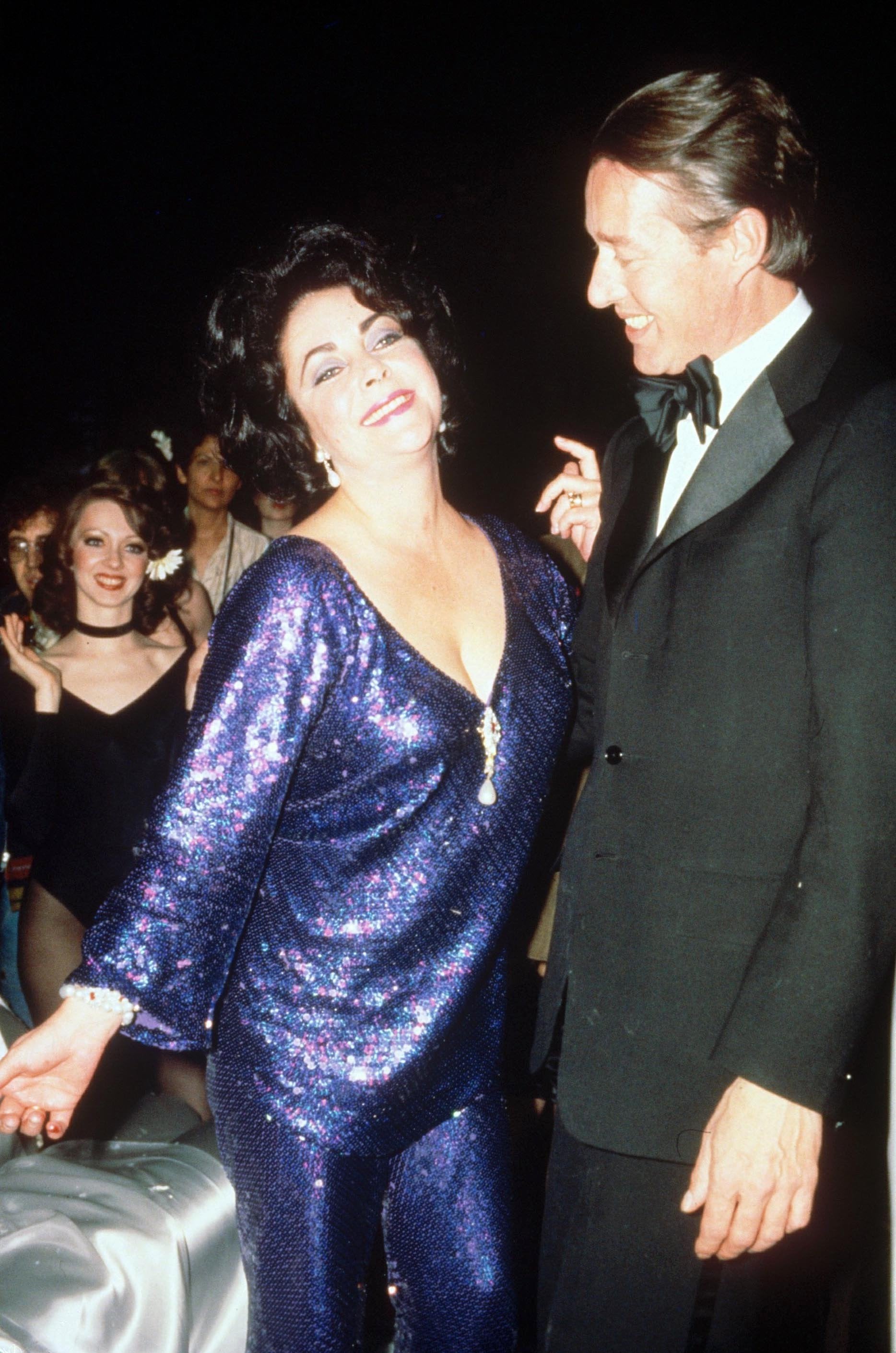
Halston regularly spent the wee hours of the evening in the VIP rooms of Studio 54, where the models and actors in attendance were almost always entirely clad in his designs, with the likes of Mick Jagger and Truman Capote.
For Halston, his A-list circle of models and actors were the best endorsement for his brand. As he says in the 2012 documentary: “You are only as good as the people you dress. Beautiful people attract attention. They are in the papers so they are your best advertisements.”
In 1977, Halton threw the infamous birthday party at Studio 54 for Bianca Jagger’s 30th - she entered the club on a white horse. Jagger and Minelli were later photographed releasing white doves into New York City.
An unsuccessful high street collaboration marked his demise
Many people in the industry view Halston’s signing with Norton Simon Inc. as the beginning of the end of his career as it meant he lost ownership over his name. However, things didn’t start to take a major turn until 1982, when he signed a billion-dollar deal with the US department store JCPenny, which elite fashion insiders viewed as down market and at odds with Halston’s high-end reputation.
The move would have seen Halston helm several high-street designer collaborations, with prices set to start at $10. However, quickly after this high-low line was rolled out, it was dubbed a disaster due to feeble sales and was discontinued. In 1983, Halston’s contracts with Bergdorf Goodman and JCPenny were terminated and Halston was fired from his own label.
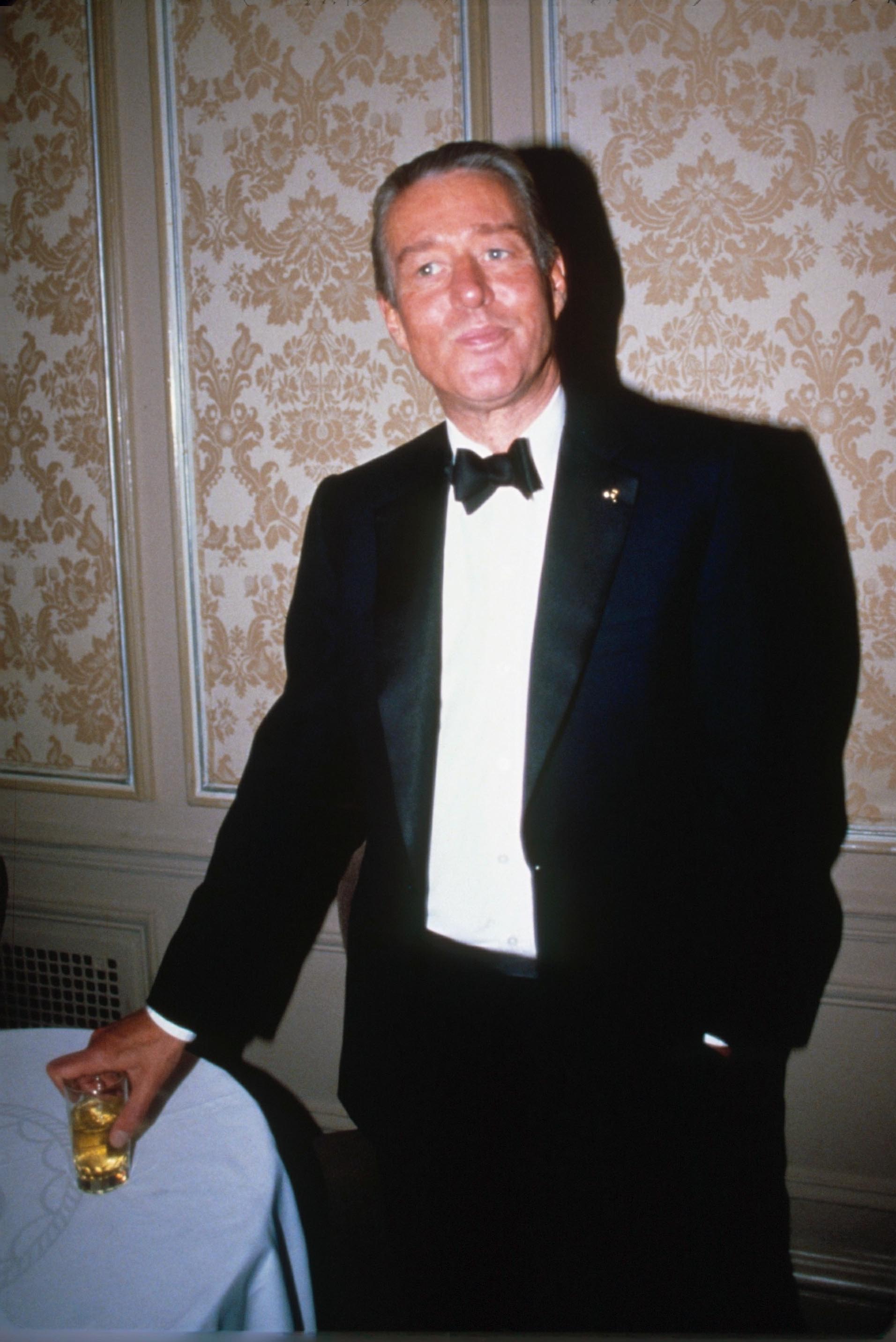
Halston tried to buy back his brand in 1984 but was unsuccessful. He later told The Sydney Morning Herald: “The game plans had all changed, and I was invited by them to leave Olympic Towers, so I left.”
In 1989, a Halston collection was presented in Olympic Towers by Revlon, who had bought the label after Norton Simon Inc sold it to Esmark, which was then taken over by Beatrice Foods. However, the collection was nothing like those produced when Halston himself was at the helm of his own label.
“His spirit hovered over the collection,” as Martha’s Lynn Manulis put it in The New York Times. “But while he haunted the premises, his energy was missing. You can’t reinvent Halston.”
Halston died on 26 March 1990 in San Francisco at the age of 57 of the of AIDS-related Kaposi’s Sarcoma cancer.
He never had any children but for much of his life was in an off-again on-again relationship with the Venezuelan-born artist and window dresser Victor Hugo.
According to The New York Times, he also had an affair with the designer Luis Estevez.
Join our commenting forum
Join thought-provoking conversations, follow other Independent readers and see their replies
Comments
Bookmark popover
Removed from bookmarks